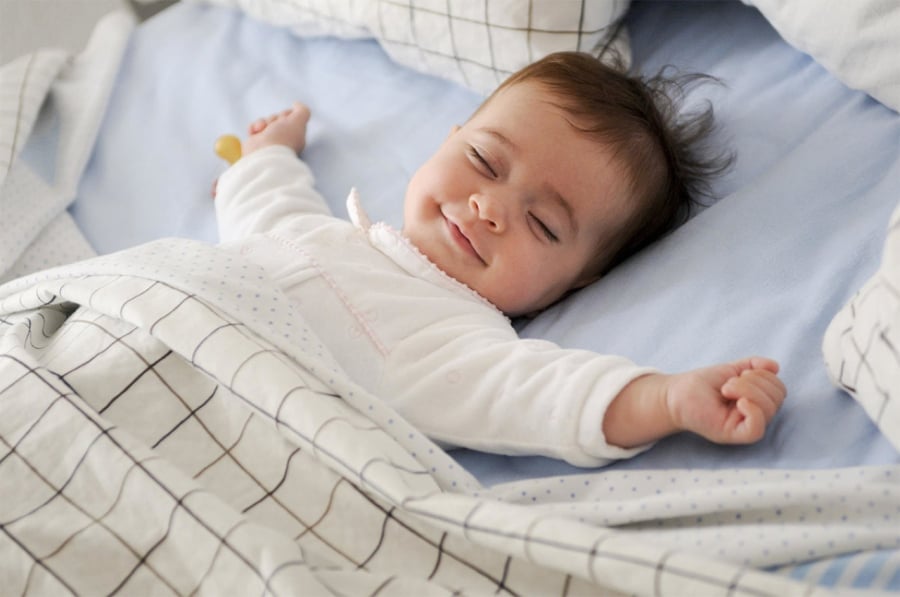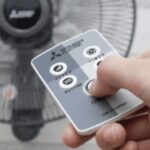When putting your child in an air-conditioned room, remember the following four things to prevent respiratory illnesses:
1. Adjust the temperature accordingly
Ensure that the indoor temperature does not differ from the outdoor temperature by more than 10 degrees Celsius. For example, if the outdoor temperature is 34°C, set the air conditioner to 24°C for the ideal indoor temperature.
Resist the urge to set the temperature extremely low, thinking it will cool your child faster. Children can regulate heat better than adults, and an extremely low temperature may cause them to feel cold.
Moreover, a significant temperature difference between the indoor and outdoor environments can trigger various respiratory ailments in children.

Adjust the air conditioner’s temperature suitably and avoid direct exposure of the cool air to your child. (Illustrative image)
2. Avoid direct exposure to the cool air
Whether your child is suffering from respiratory issues or not, never let them be directly in the path of the cool air. Doing so can cause the cold air to blow directly onto your child.
Since children’s respiratory systems are more sensitive and delicate than adults’, the cold air or draft from the air conditioner can cause or aggravate respiratory ailments such as rhinitis, bronchitis, sore throat, and colds. Additionally, cold air blowing onto your child’s head may result in headaches and negatively impact their brain.
The best placement for the air conditioner is near the foot of your child’s bed. When using air conditioning, opt for a setting that circulates the air throughout the room, rather than concentrating it in one corner. This will minimize the chances of the draft blowing directly onto your child’s body or head.
3. Dress your child comfortably
Many parents, out of concern that their child might catch a cold in an air-conditioned environment and worsen their respiratory condition, tend to wrap them up tightly or dress them in thick, warm clothing. However, doctors advise against this practice as it may worsen the child’s condition.
Children are more efficient at heat regulation than adults, and wrapping them too warmly can make them feel hot and sweaty. If the sweat is not absorbed and evaporated, it will soak into their clothing and then reabsorb into their skin.
Coupled with the cool air from the air conditioner, this can create a situation where the child’s body experiences a conflicting combination of external cold and internal heat, leading to potential issues such as thermoregulatory disorders and dangerous heat stress.

Ensure your child dresses comfortably when in an air-conditioned room. (Illustrative image)
4. Avoid sudden exposure to outdoor temperatures
There can be up to a 10-degree Celsius difference between the indoor and outdoor temperatures, so always remember never to take your child outdoors suddenly.
Unfortunately, there have been cases where children have suffered heat stress and even lost their lives due to this reason. A sudden change in temperature can be a shock to their system, leading to heat stress and potentially fatal consequences.
Therefore, if you need to take your child outside, turn off the air conditioner and let them stay in the room for about 5 to 7 minutes. This allows their body temperature to gradually adjust to the room temperature, making it easier for them to adapt to the outdoor climate.



































